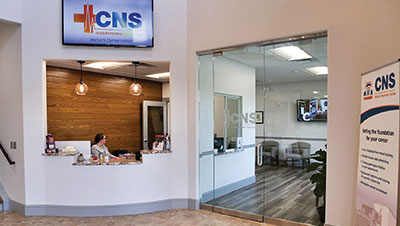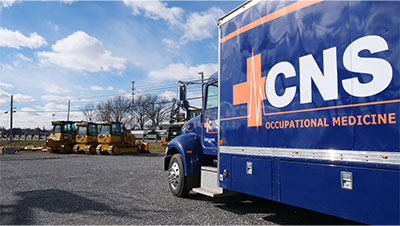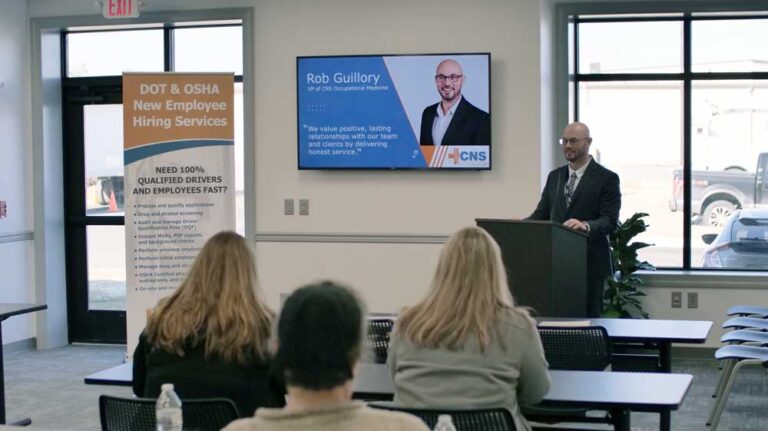There is a 50% Chance Your Business Will Get an Injury Claim in the Next 10 Years
Many small businesses believe that injuries only happen in high-risk industries like manufacturing and construction. The reality is that employees can be injured in any industry.
Although construction is the industry with the highest claims, industries such as transportation, finance/insurance, and professional services also have high-cost claims.
Workers’ compensation can be time-consuming and financially draining for small business owners if their employees suffer job-related injuries.
Knowing the ins and outs of workers’ compensation is essential for the safety and success of any small business.
How Significant are Work-Related Injuries?
According to the most recent data from the Bureau of Labor Statistics (BLS)-
- In 2020, an estimated 2.8 million workers sustained non-fatal injuries that required medical evaluation, including some of these alarming statistics:
- 888,220 of these injuries resulted in days away from work
- 14,500 workers suffered work-related hearing loss
- 5,333 U.S. workers lost their lives on the job in 2020 (a 2% increase)
- 1,276 U.S. workers died in work-related crashes involving motor vehicles (24% of all deaths)
What employees are most at risk for a work-related injury?
It is not uncommon for employees to get hurt on the job no matter what industry they work in, however research done by the BLS shows that the occupations with the highest incidence rates of workplace injuries in 2020 were:
- Nursing assistants (approximately 370 incidents per 10,000 FTE)
- Heavy truck and tractor-trailer truck drivers (approximately 360 incidents per 10,000 FTE)
- Laborers and freight, stock, and material movers (approximately 350 incidents per 10,000 FTE)
- Light truck drivers (approximately 340 incidents per 10,000 FTE)
- Construction laborers (approximately 250 incidents per 10,000 FTE)
- Maintenance and repair workers (approximately 210 incidents per 10,000 FTE)
- Stockers and order fillers (approximately 150 incidents per 10,000 FTE)
- Janitors and cleaners (approximately 120 incidents per 10,000 FTE)
- Registered nurses (approximately 105 incidents per 10,000 FTE)
- Retail salespersons (approximately 60 incidents per 10,000 FTE)
What do I do if my employee gets hurt on the job?
If one of your employees suffers an injury at work, you should first make sure their injury is treated as soon as possible. If it is an emergency, call 911 right away or go to the nearest emergency department for treatment.
After ensuring the employee’s safety and that the employee has received appropriate treatment, you should conduct an investigation to determine what caused the injury. This can help you decide if you should file an injury claim or not.
Only injuries at work qualify for workers compensation coverage. During your investigation, gather photos, talk to witnesses, and document the employee’s injury, no matter how minor, in case they file a claim in the future.
Each state has a time limit for filing workers’ compensation claims, so make sure your employees know about any statute of limitations for your state. If they wait too long, they could lose their workers’ compensation benefits.
After any work-related injury, your employee can file a claim with your worker’s compensation insurance, to help get important benefits, like medical treatment coverage and help replace some of their lost wages if they have to miss work to recover.
Do I need to carry Workers Compensation Insurance?
Workers’ compensation is an insurance policy that covers an employee in all pertinent medical costs with policies that provide medical benefits and wage replacement, in case of injuries or illnesses contracted in the course of their employment.
While state laws can vary, the rule of thumb is if your business has employees, you need to carry workers’ compensation insurance. Even if your business is not required to carry this coverage, it is still good idea to get it.
Without workers compensation insurance, an employee who suffered an injury at your company can sue you for their medical expenses. Therefore, without coverage, you will be financially responsible for covering the costs out of pocket, which can total hundreds of thousands or even millions of dollars.
Most employers are not required to carry coverage for domestic workers, agricultural workers, seasonal workers, and independent contractors, but it is important to check the specific laws with your state.
While workers’ compensation is regulated by the states, OSHA also has federal regulations for workplace injuries that can have just as big of an impact on your business.
If the agency determines that the employer is at fault, and therefore deemed responsible for said injuries and illnesses, it can lead to devastating fines and penalties and can even cost the business its reputation. These situations can debilitate small businesses that rely on word-of-mouth in their community.
Simple Ways to Reduce Workplace Injury
The best way to keep the workplace safe is to enforce safety rules, establish a drug and alcohol testing policy, provide regular safety training, and work with an occupational medicine provider.
When it comes to establishing a drug testing program, it is ideal to cover your safety-sensitive and non-safety sensitive employees because over 65% of all accidents on the job are related to misuse of drugs or alcohol. A Society for Human Resource Management (SHRM) poll found that respondents who had a high rate of workers’ compensation incidences saw an average decrease in workers’ compensation claims of 50 percent after implementing drug testing.
Additionally, working with an occupational medicine provider will help your employee get back to work quickly and safely. At CNS, our OccMed team partners with you to provide cost-effective, comprehensive occupational medicine services including treatment of work-related illnesses and injuries.
How CNS OccMed Can Help
Our Physician’s, Nurse Practitioners and Physician’s Assistants are trained to treat non-life and limb threatening injuries including lacerations, burns, sprains/strains, chemical exposures, eye injuries and crush injuries. Our providers have a thorough understanding of federal and state regulations including OSHA and DOT, so they can make the best treatment plans and perform regulatory examinations.
We understand the impact that lost time, limited duty, and medical costs have on the company and the employee. We also have a strong understanding of the OSHA recordkeeping rule and how certain medical diagnosis and treatments impact your OSHA 300 log. Our #1 goal is to return your employee to full duty as quickly and safely as possible.
We recognize that each employer is unique, therefore we will maintain your standard operating procedures and communicate with your assigned points of contact.
Some of our services include:
- Evaluation and treatment of work-related injuries
- Work status summaries (provided to employer after each patient visit)
- In-house X-rays
- Post-accident drug and alcohol testing
- Return to Work evaluations
- Case Management (continued care coordination)
For more information, contact us at 800.551.9816 or info@cnsoccmed.com.










